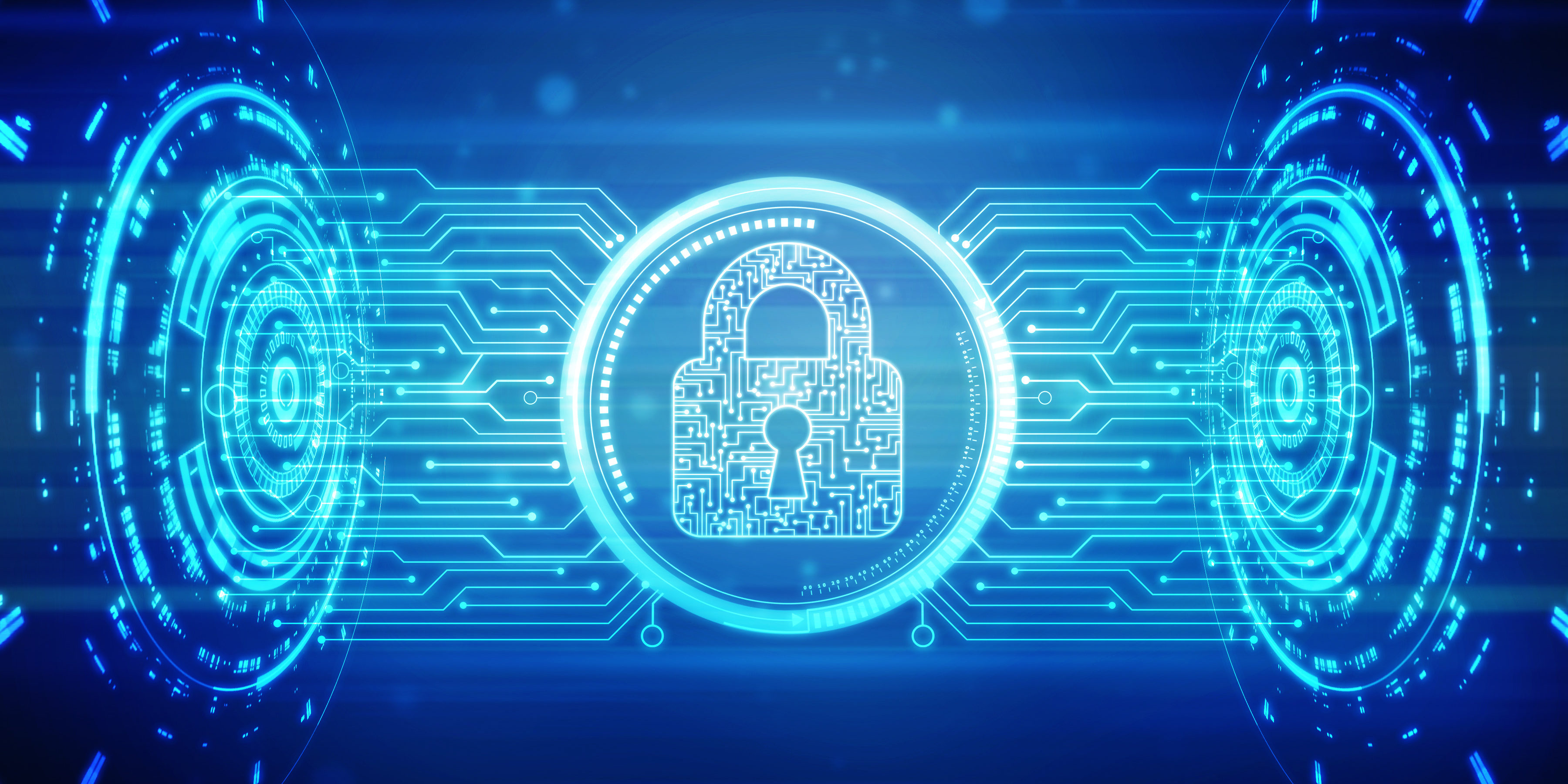Pin numbers & Passwords & Usernames & Security codes & Phone number + the last four of your social & fingerprint on your phone. Oh my!
I don’t think we’re in Kansas anymore.
It seems like everywhere we turn, we have to remember a series of codes and corresponding user identifications to guard our information. You try to protect yourself (computer security, changing passwords frequently, and watching the things you download) but one compromise and you have to change everything and remember all that information all over again.
Now imagine a company or Government agency that houses millions of pieces of personal identification information (PII). They must ensure all data is secure – and it’s not just the IT staff’s job either. Each individual (whether working with customer information or not) should know how to protect their organization as well as themselves. That knowledge is cybersecurity.
Think about how many times large retailers have data compromises during the holiday season.
Have you been affected?
Cybersecurity is the most important element of the IT process – permeating every part of operational performance. And cybersecurity must be at the center of everything we do so information is kept safe. Whether it’s employee information, patient records, proprietary data, or any sensitive information – it’s up to everyone to make sure it’s protected.
Half of American adults had their personal information exposed to hackers in 2014 alone. In the 2014 attack on the Office of Personnel Management, hackers stole the most sensitive personal data for 21.5M people.
(New York Times)
Your IT department cannot defend your organization alone – it requires buy-in from all levels (including C-level executives). Informing employees of cyber risks and having plans of action to prevent and mitigate those risks isn’t just for IT companies anymore; it is a requirement for all.
Disseminating information on cyber threats throughout your organization is paramount. If your employees understand the risks and how to reduce cyber threats, they’re more likely to be part of the solution. Having well informed employees is essential to keeping information safe.


